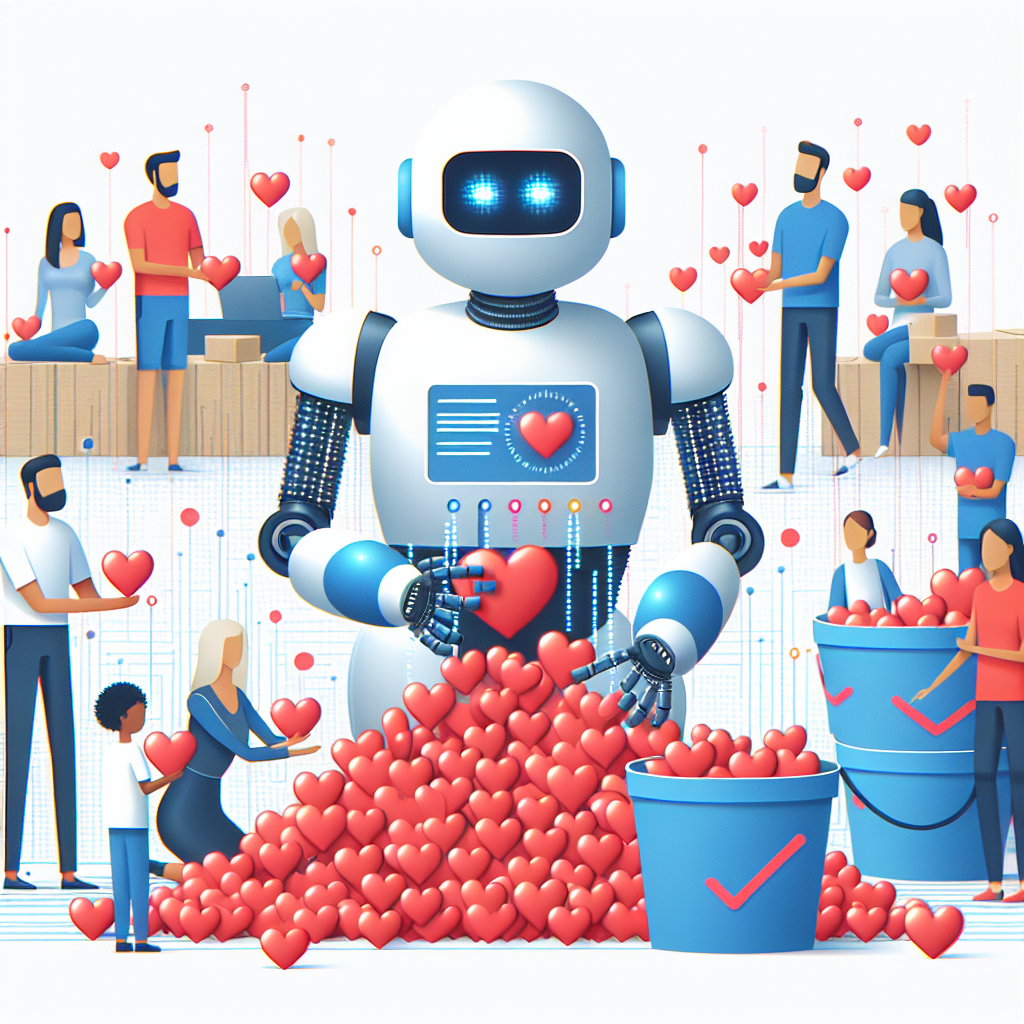The Future of Giving: AI-driven Strategies for Social Change
In recent years, artificial intelligence (AI) has been transforming industries across the board, from healthcare to finance to retail. But one area that is often overlooked when it comes to AI’s potential impact is the non-profit sector. With the rise of AI-driven strategies for social change, charities and philanthropic organizations have the opportunity to revolutionize the way they operate and maximize their impact on the world.
AI has the ability to analyze vast amounts of data in real-time, identify patterns and trends, and make predictions about the future. This can be incredibly valuable for non-profits, who often struggle to make sense of the huge amounts of data they collect on donors, volunteers, and the communities they serve. By using AI to analyze this data, organizations can gain valuable insights into their supporters’ behaviors and preferences, allowing them to tailor their fundraising and outreach efforts more effectively.
One of the key ways that AI is being used in the non-profit sector is in the area of donor management. By analyzing data on donors’ giving history, preferences, and demographics, organizations can identify the most effective ways to engage with them and encourage them to give more. For example, AI can be used to predict which donors are most likely to respond to a particular fundraising campaign, allowing organizations to target their outreach efforts more effectively.
AI can also be used to automate many of the mundane tasks that non-profits typically have to deal with, such as data entry, reporting, and donor communications. This can free up staff time to focus on more strategic activities, such as developing new fundraising campaigns or forging partnerships with other organizations.
In addition to donor management, AI can also be used to improve the way non-profits deliver their services to the communities they serve. For example, AI-powered chatbots can provide instant support to people in need, answering their questions and connecting them to the resources they need. AI can also be used to analyze social media data to identify emerging trends and issues in a community, allowing organizations to respond more quickly and effectively.
Overall, the potential benefits of AI-driven strategies for social change are vast. By harnessing the power of AI, non-profits have the opportunity to increase their impact, reach more people in need, and operate more efficiently than ever before.
FAQs:
Q: How can AI help non-profits raise more money?
A: AI can analyze data on donors’ giving history and preferences to identify the most effective ways to engage with them and encourage them to give more. By targeting their outreach efforts more effectively, organizations can increase their fundraising success.
Q: How can AI be used to improve the delivery of services to communities?
A: AI-powered chatbots can provide instant support to people in need, answering their questions and connecting them to the resources they need. AI can also analyze social media data to identify emerging trends and issues in a community, allowing organizations to respond more quickly and effectively.
Q: Will AI replace human workers in the non-profit sector?
A: While AI can automate many mundane tasks, it is unlikely to replace human workers entirely. Instead, AI can free up staff time to focus on more strategic activities, such as developing new fundraising campaigns or forging partnerships with other organizations.
Q: How can non-profits get started with AI-driven strategies for social change?
A: Non-profits can start by identifying areas where AI could be most beneficial, such as donor management or service delivery. They can then work with AI experts to develop and implement AI-powered solutions that meet their specific needs and goals.

